wikiHow is a “wiki,” similar to Wikipedia, which means that many of our articles are co-written by multiple authors. To create this article, volunteer authors worked to edit and improve it over time.
This article has been viewed 26,698 times.
Learn more...
The University of Miami School of Medicine conducted a study that demonstrated prenatal massage techniques can help pregnant people sleep better. Massages during pregnancy can also improve anxiety, decrease pain in legs and hips and manage stress hormones. Keeping the parent and baby safe should be the first priority of any prenatal massage. Use prenatal massage techniques by working with the proper equipment, utilizing light pressure and paying attention to the changes that a pregnant person's body is undergoing.
Steps
-
1Wait until your second trimester to have a prenatal massage. The highest risk of miscarriage is during weeks 1 to 12 of a pregnancy, so most massage therapists avoid massaging anyone in their first trimester.
-
2Lay on your side for a prenatal massage. There are specialty tables available with a uterus-sized cutout to allow you to lay on your stomach, but those tables can still apply dangerous pressure to the abdomen and pull on uterine ligaments.
- Use pillows to prop yourself on your side. Specialty pillows for prenatal massages are called bolsters.
- Have a massage sitting in a chair if it is more comfortable for you to sit. You do not need to be laying down to enjoy prenatal massage techniques.
Advertisement -
3Work with a massage therapist who is experienced in prenatal massage. There are practitioners who are certified in this type of massage. Special training is offered on techniques that are safe and beneficial during pregnancy.
- Ask your massage therapist about certification or training in prenatal techniques. Each state has different standards and there is no national certification or program.
-
4Avoid the pressure points in ankles and wrists. Prenatal massage should never include pressure on the areas that stimulate the uterus and the pelvis. Massaging the ankles and wrists is a technique often used to induce labor naturally.
-
5Adjust to lighter strokes during your massage. Prenatal techniques will involve less pressure than a Swedish massage or a deep tissue massage or any type of massage you might get when you are not pregnant.
-
6Watch the amount of pressure applied to your legs. The amount of blood a pregnant body produces is much higher, and the level of anticoagulants in the blood is also increased while the body prepares for labor and delivery.
- Avoid the calves and inner thighs. When you are pregnant, your risk of blood clots increases and strong massaging of your lower legs and inner thighs could dislodge a clot.
- Make sure all leg strokes move towards the heart. This prenatal technique will keep your circulation healthy and your risks low.
-
7Keep the abdomen off-limits. Most massage therapists will not touch the belly at all. If you do want your massage to include your stomach, the technique should be nothing more than light fingertips on the skin with no pressure.
Warnings
- Discuss risks with your doctor. If you are a high risk pregnancy, you have preeclampsia or pregnancy induced hypertension, you may not be a candidate for massage, even when prenatal techniques are used.⧼thumbs_response⧽
Things You'll Need
- Massage table
- Bolster
- Chair

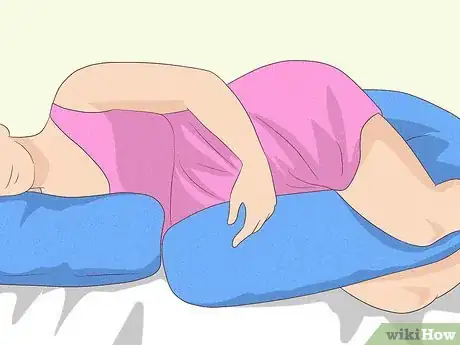

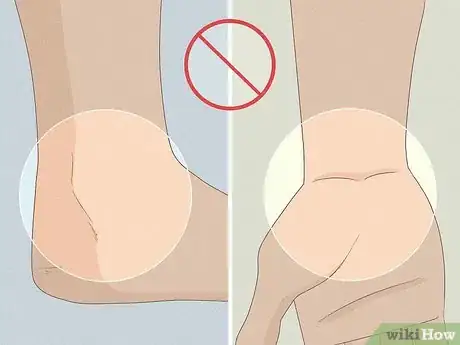
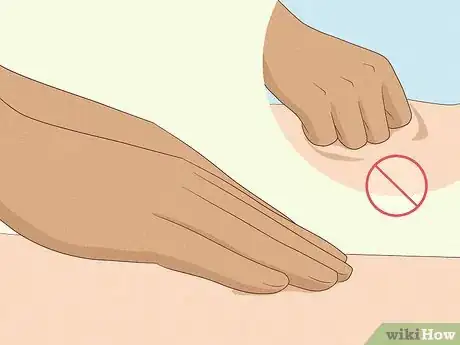
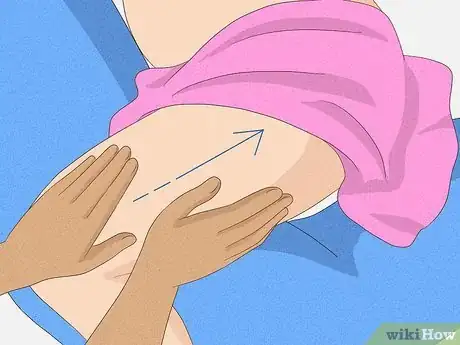
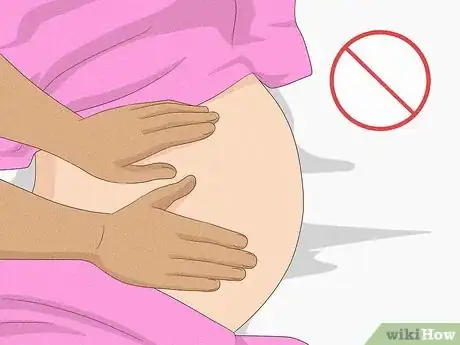
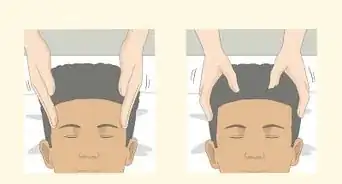

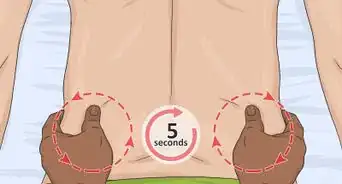


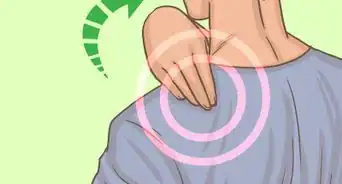
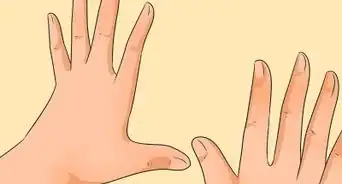
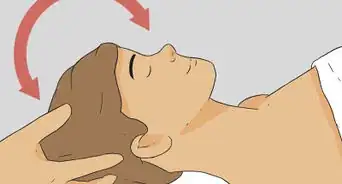
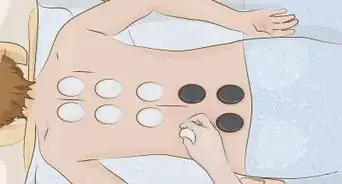
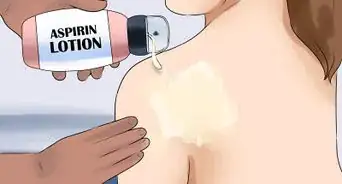









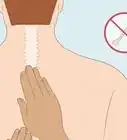



































Medical Disclaimer
The content of this article is not intended to be a substitute for professional medical advice, examination, diagnosis, or treatment. You should always contact your doctor or other qualified healthcare professional before starting, changing, or stopping any kind of health treatment.
Read More...